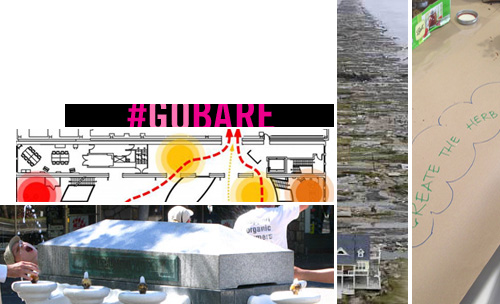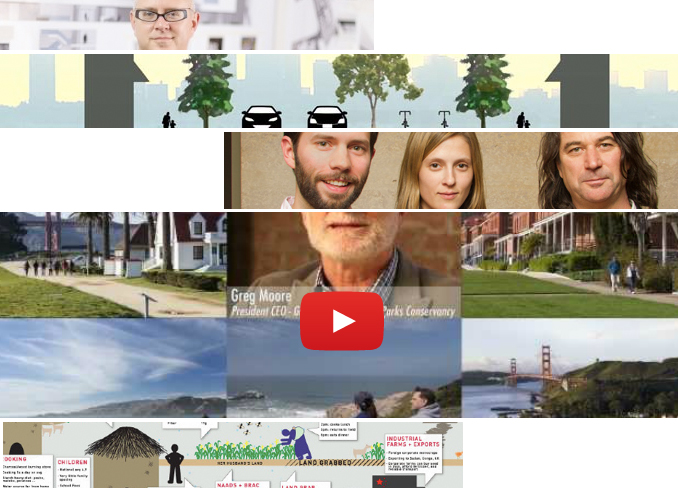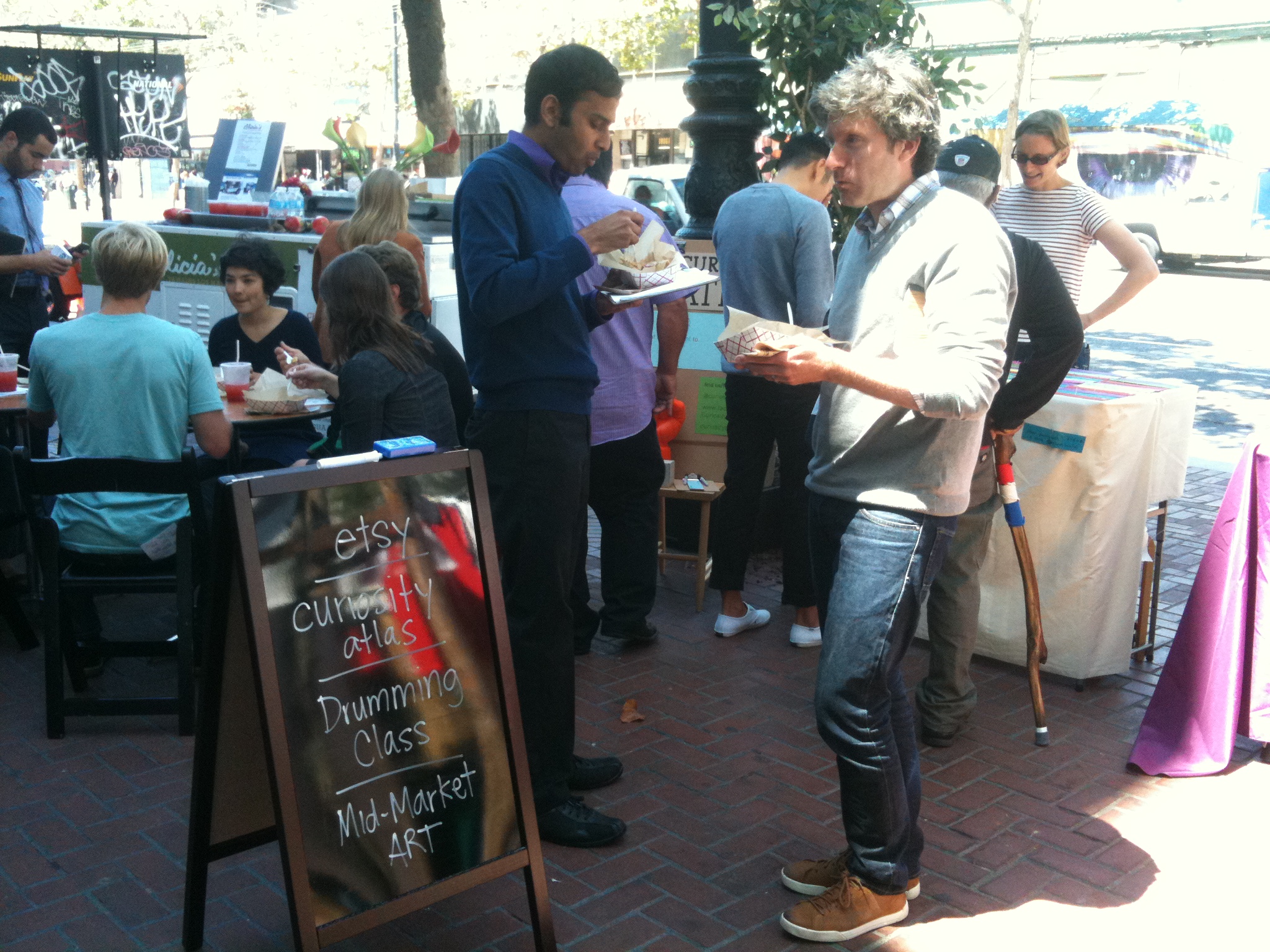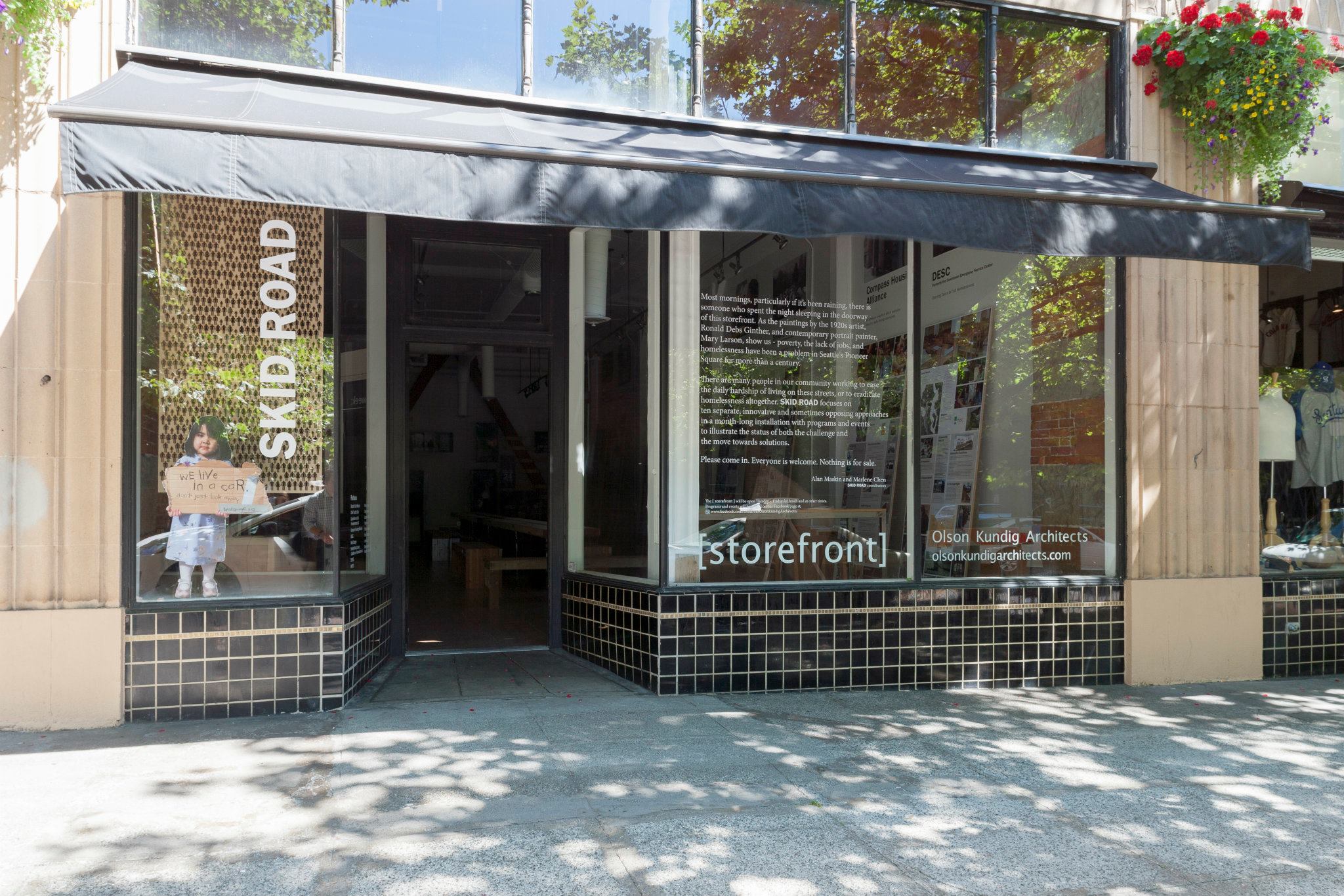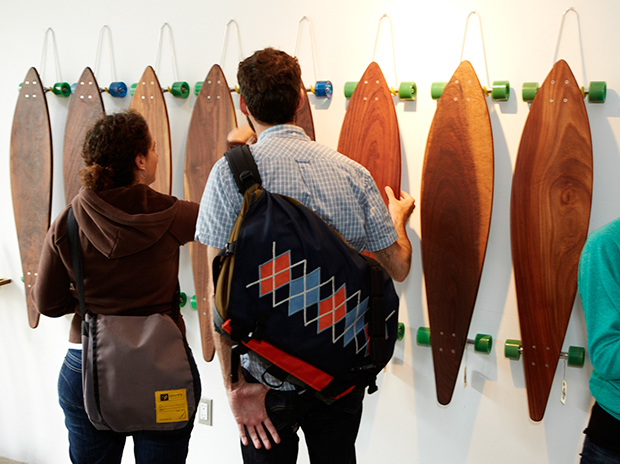 The excitement of field trips. Returning streets to the people. Building under bridges. Public squares in the urban world. A trail for volunteering. Examining thought leadership.A trip into the field.
The excitement of field trips. Returning streets to the people. Building under bridges. Public squares in the urban world. A trail for volunteering. Examining thought leadership.A trip into the field.
Melanie Kahl of Cannon Design discusses how field trips contribute to design, learning and place.
“Strange as it may seem, we think field trips are more of a mindset and lifestyle than anything else. A mindset central to learning and design. When we go on field trips, we become students of the world––our awareness is heightened, our inspiration is fueled, and our understanding is deepened. Life is a series of really awesome field trips.” – Melanie Kahl
Returning streets to people. Gerdo Aquino, president of SWA Group, examines how cities are finding opportunities to reintroduce car-free zones that give the streets back to the people.
Aquino provides five tips for going car-free in urban areas, including making sure that pedestrians already frequent the space, that the street is not currently essential to the city’s street grid and the place is a unique destination.
Via Ideas SWA
Public squares are center of urban world. Landscape Architects Network (LAN) features 10 festival squares as part of its Top 100 Squares, showing the world the power of people and the power of public space.
- St. Marks Square, Venice, Italy
- Circular Quay, Sydney, Australia
- Century Square, Shanghai, China
- Yonge-Dundas Square, Toronto, Canada
- Zócalo Square, Mexico City, Mexico
- Jackson Square, New Orleans, USA
- Leidseplein, Amsterdam, Netherlands
- Parc del Forum, Barcelona, Spain
- Place Sainte-Catherine, Brussels, Belgium
- Bristo Square, Edinburgh, Scotland
Via LAN
A great trail for volunteering. Stantec landscape architect Dalton LaVoie assembled a volunteer team of local designers throughout Northern California to help create a road map for converting an iconic stretch of now defunct Northern California railroad into a landmark hiking trail.
When complete, the 80-mile scenic Great Shasta Rail Trail will link the Northern California towns of McCloud and Burney, as well as nearby recreation areas and local communities. “Volunteering can serve as a creative outlet and provide opportunities that may not otherwise present themselves through your everyday work. For design professionals, exercising creativity and imagination is one of our passions. When this passion is coupled with opportunities to learn, explore, collaborate and assist communities in need, we’re usually interested.” – Dalton LaVoie
Via Stantec Blog
Thought Leadership Article
Amanda Walter of Walter Communications examines the term thought leadership, discovering a growing movement toward thought leadership programs across the AEC industry.
Walter conducted a global survey, which indicated several common topics: sustainability, technology and business growth and operations, design process and project delivery. But there was one factor that was evident in each firm interviewed: “Leadership. Somewhere — maybe not directly conducting the research, but cheering on the team that is — there are passionate individuals who have sparked the initial curiosities. Permission to pursue ideas can have infectious results.”—Amanda Walter

